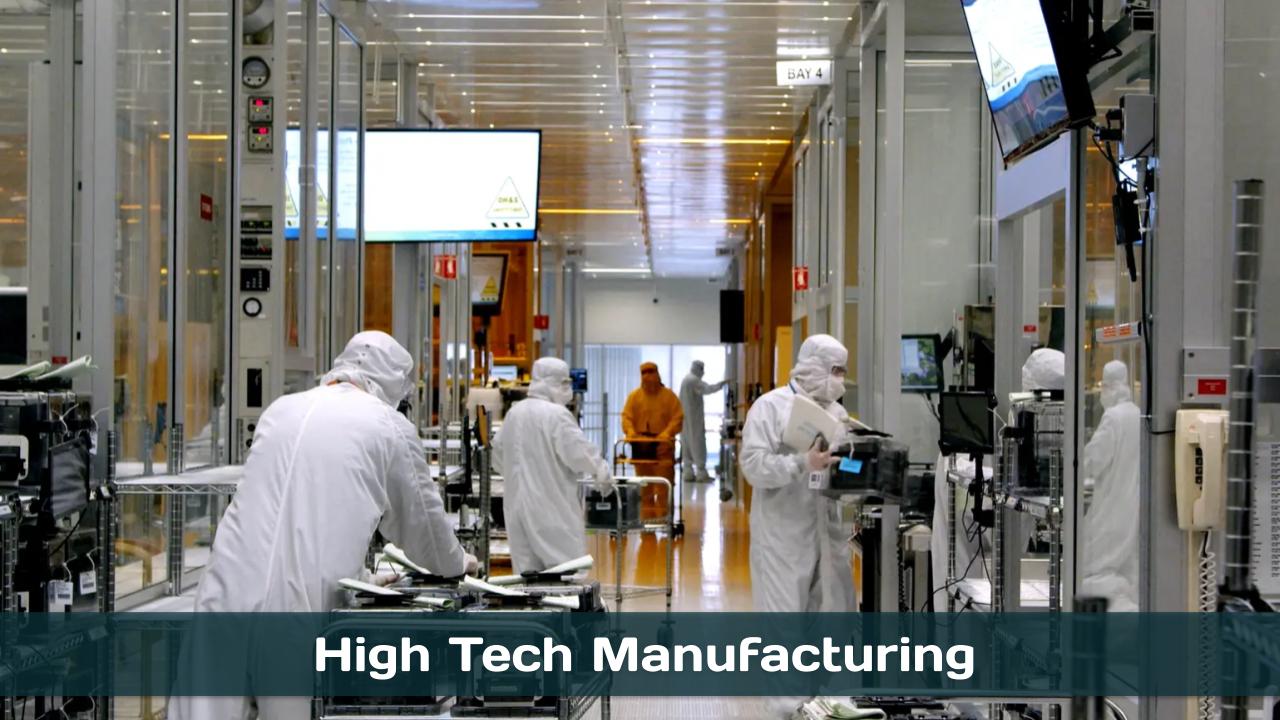High-tech manufacturing is the process of using sophisticated equipment and advanced technologies to produce products that require precision and high quality
- In the ‘About’ section of this post is an overview of the issues or challenges, potential solutions, and web links. Other sections have information on relevant legislation, committees, agencies, programs in addition to information on the judiciary, nonpartisan & partisan organizations, and a wikipedia entry.
- To participate in ongoing forums, ask the post’s curators questions, and make suggestions, scroll to the ‘Discuss’ section at the bottom of each post or select the “comment” icon.
The High Tech Manufacturing category has related posts on government agencies and departments and committees and their Chairs.
Milwaukee PBS – 14/10/2024
https://www.youtube.com/watch?v=8BiGeEF-vdg
To celebrate National Manufacturing Month, Milwaukee PBS and the Milwaukee Journal Sentinel present “The Future of Manufacturing Town Hall” from Milwaukee Area Technical College’s Cooley Auditorium.
The conversation focuses on the importance of attracting and training the workforce as the industry trends towards high tech and automation.
Milwaukee PBS host Portia Young leads the discussion with a group of panelists who include Wisconsin Aluminum Foundry CEO Sachin Shivaram, Rockwell Automation Quality Team Lead and Build Sessions CLE founder Aaliyah Brown, Sussex IM CEO Megan Tzanoukakis, International Association of Machinists and Aerospace Workers representative Kevin Murch, and MATC instructor Barney Bannon.
The town hall also features insight from several high-profile executives, including Microsoft President Brad Smith, Husco CEO Austin Ramirez, Sentry Equipment Corp. CEO Brian Baker, GenMet owner Mary Isbister and Palermo’s Pizza CEO Giacomo Falluca.
OnAir Post: High Tech Manufacturing













